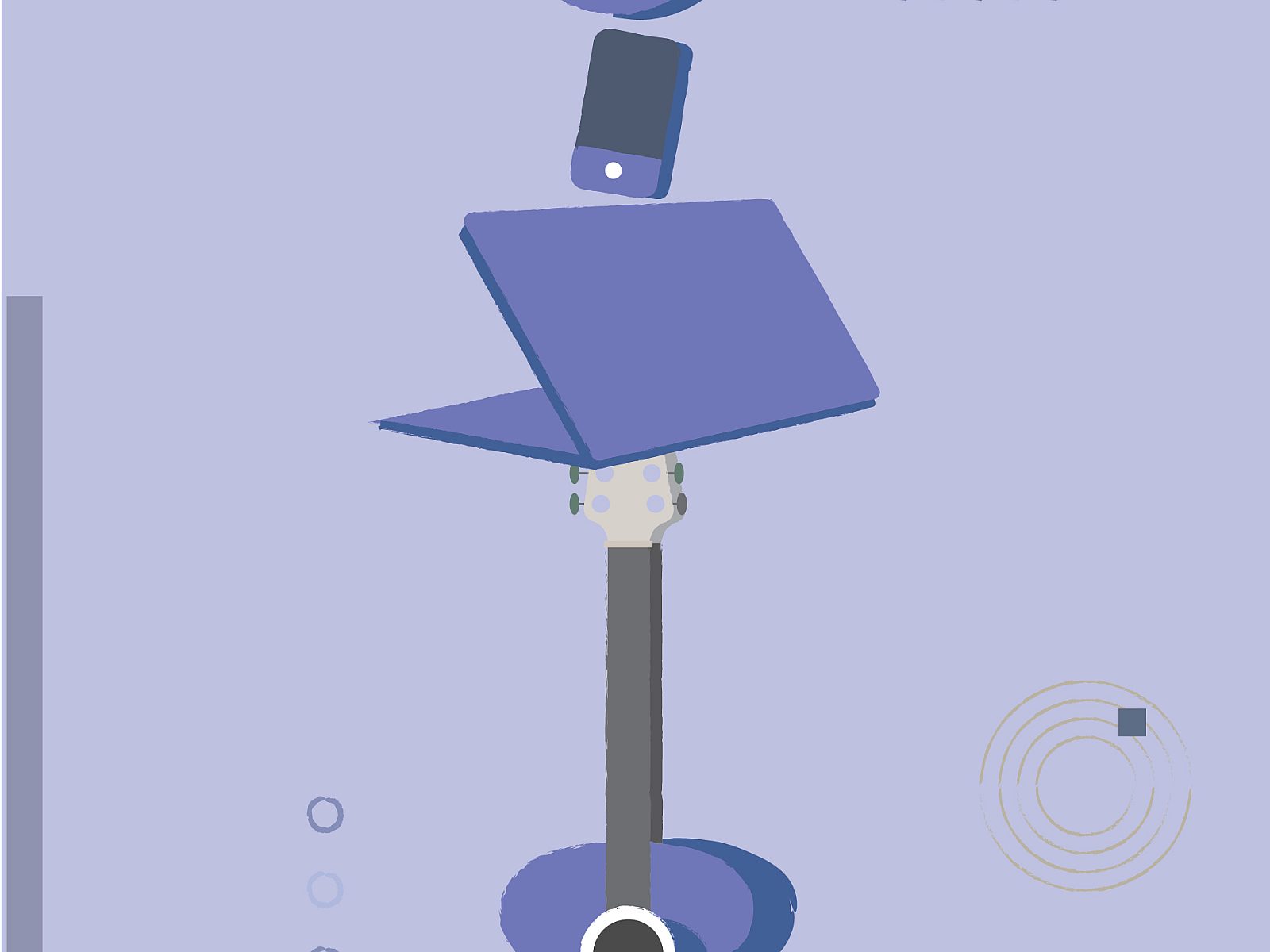Seven Predictions for the Future of Work
Herman Miller's Future State Workshop Series
As part of an ongoing series on the future of work, Herman Miller invited 80 up-and-coming designers across the US and Canada to four Future State workshops. They shared their hunches, blue-sky ideas, anxieties, and crazy bets about the future of work, offices, and the evolving role of designers. Here, Herman Miller has distilled these into seven predictions for how the environments they’re creating might look five, 10, or even 20 years from now.
Seven Predictions for the Future of Work
From the end of employment as we know it to office design on demand, see what the next generation of architects and designers are dreaming up for the office of the future.

How Will People Work Differently in the Future?
While it's likely that people will always value a paycheck and meaningful work, our wants and desires for the ideal work experience will evolve with changes in technology and the world.

1. Mastering the Work/Life Balancing Act
Future Staters predict that in the future, people and the organizations they work for will develop better boundaries between work and life to encourage deeper, more meaningful engagement with both. This means learning when to disconnect from tech, an end to multitasking, using analytics to understand when they are in prime condition to work, and seeking out jobs that allow them to work during peak performance hours (which may not be 9-5).

2. Making Time for Face Time
The designers we talked with anticipated that the benefits of working at home - pajamas, productivity - will only fulfill you for so long. Eventually, you'll be drawn back to the in-person connections you can find in the office. Future Staters see the workplace of the future as a magnet that attracts and focuses energy in a world where a by-product of improving communications technology has a natural tendency to grow the divide between us. They're pushing designs that promote face time (the non-iPhone variety) in space that accelerate authentic connection.
How Will Work Processes Evolve?
As our ability to seek immediate gratification and instant feedback in our personal lives accelerates faster than you can like the latest cat meme, so too will our expectations for how we get work done.

3. An Amazon Approach to Staffing
Soon, the Amazon mindset of "give me what I need, the second I need it", will apply to more than paper towels and prestige TV. Future Staters posit that this accelerating need for speed, coupled with a steep rise in the number of freelancers, could create a new way to staff companies. Organizations will be built and rebuilt project-by-project, by handpicking from a large pool of consultants. This post-employee model will let you expedite processes, get to market quicker, design better and faster, and innovate productively, all by harnessing the industry's top talent for the specific task at hand.

4. A Brave New Era of Client Feedback
Future Staters dream of a smart device that could show a design team exactly ho w people respond to the music, furniture, lighting, and general vibe of a space. Once a person's watch captures the response and the data loads into an app, the app populates a Pinterest page, makes product suggestions, and translates a good feeling - one that the client might have struggled to articulate - into tangible design inspiration. Between the watch and the app, you'll get direct responses to the stimuli in the space and the information you need to act on it.

5. Trending Toward Techno-Optimism
The designers dream that the impossibility of last-minute client requests - cutting half a million dollars from a budget, value engineering a 10-story building to eight - might soon be a thing of the past. Across our four events, we heard about robot contractors, next-level modeling software, and automated on-demand furniture manufacturing. Despite some of the anxiety the designers tapped into about our personal relationships with tech, when it came to the promise of AI, big data, and robotics for aiding the design process, the group was enthusiastic.
What Will Define the Places Where We Work
Our Future Staters predict that in the near future, your office will be anywhere - and that you'll be able to make it look any way you want.

6. Office Design on Demand
Today, you hack your office so it better meets your needs (and ask for forgiveness later). What if tomorrow you not only get to influence, but control, a uniquely designed space based on the needs of the moment? Future Staters imagine a new kind of office design technology called Sensify. It's an app that transforms tech-enhanced white walls in your space into whatever you want them to be. Need a space that inspires you? Program a view of the mountains and project it onto the walls. Boss in town? Reprogram to display the latest customer analytics.

7. The Decentralized Office
It's great to work from anywhere, but anywhere doesn't always have the best Wi-Fi or the tech you need to collaborate with partners across the globe. Future Staters see a chance to meet the needs of an increasingly distributed workforce with an increasingly distributed workplace. The global HQ will be gone. In its place, you'll find a series of Work Pods all over the world, where you can sign in and stay as long as you like. Now imagine Work Pods suffused with Sensify, because the Danish-design-meets-Moroccan-riad vibe of your local WeWork just isn't for everyone.
What's Next for Future State?
As the Future State program gears up for year three, we're as committed to looking back as we are to looking forward. We'll be assessing the predictions from the first two years of Future State and using some of them to inform how we meet the market. We're excited to keep the conversation going, to keep searching for the next big ideas for the future of work, and to keep learning from you.










